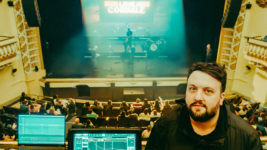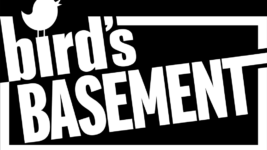NEW ZEALAND
1 Jul 2025
THE STATE OF PLAY
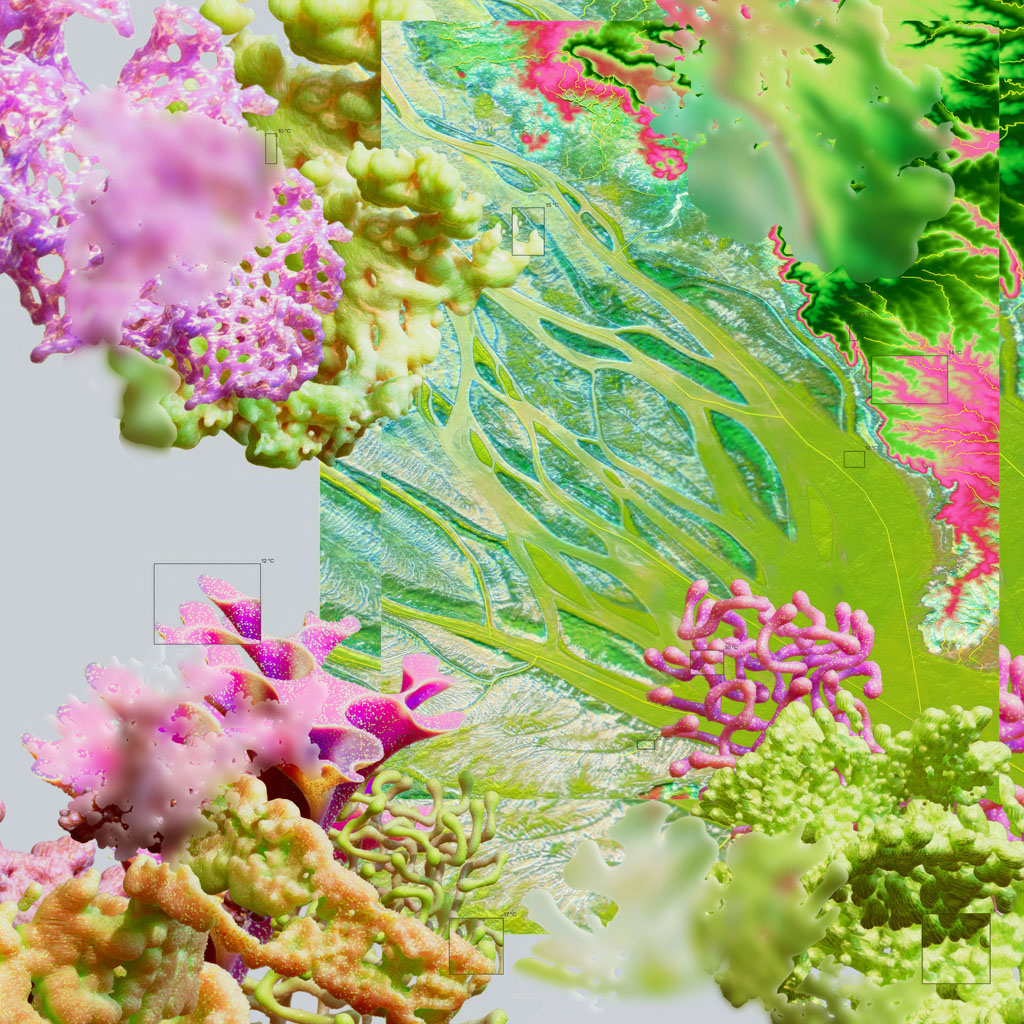
Subscribe to CX E-News
AI AND THE CREATIVE SECTOR IN NZ
The global uptake of generative AI has been fast. For those just joining the AI tidal wave, generative AI (Gen AI) refers to artificial intelligence systems capable of creating new content such as images, music, video, text, or code based on patterns learned from large datasets. Tools like ChatGPT, DALL·E, Sora and Runway are examples, enabling creatives to prototype and produce at speed.
Across the globe, AI is reshaping live entertainment in both front-of-house spectacle and behind-the-scenes production. Venues like Las Vegas’ Sphere and Cosm are leading the charge using AI to deliver real-time visual and acoustic adjustments based on audience reactions, creating dynamic, responsive performances where lighting, sound, and visuals stay in perfect sync.
Shows like ‘ABBA Voyage’ in London use motion capture and machine learning to bring digital ‘ABBAtars’ to life alongside a live band, with AI tools deployed to enhance sound clarity across the complex venue and balance the audio in coordination with the virtual avatars.
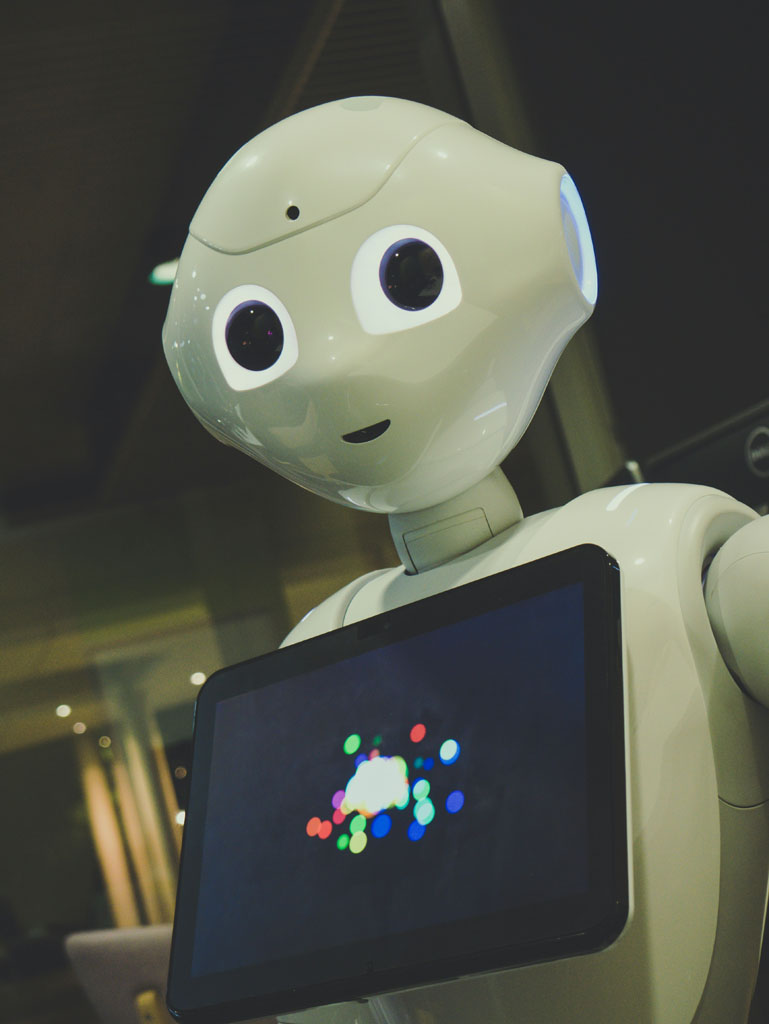

In New Zealand, HyperCinema, the brainchild of Pop-up Globe’s Miles Gregory, used AI to personalise immersive theatre, allowing audiences to interact with bespoke storylines and visuals based on their responses to a personality quiz. Leveraging the same core tech, HyperCinema has since partnered with Creative Principals on the College Football Hall of Fame’s GAME ON! experience in Atlanta, where visitors have their faces scanned and preferences collected before being woven into fourteen AI-generated scenarios throughout the exhibit.
As AI gains traction across the live events sector, a coalition of Kiwi agencies, studios and innovators are looking to write the rules, with transparency, tikanga and creative integrity at the core.
Predicted Impact of AI on Creative Industries
Australasian music licencing agency APRA AMCOS in a 2024 report revealed stark concerns about AI’s impact on the music industry. While 38% of respondents already use AI in their creative process and 54% acknowledge its potential to assist artistry, they viewed the economic and cultural risks as substantial. The report predicted by 2028, up to 23% of music creators’ income could be lost due to generative AI, with an estimated cumulative damage of $572 million NZD.
Alarmingly, 82% of creators fear they may no longer be able to earn a living from their work, and 76% of Māori members believe AI could exacerbate cultural appropriation.
The findings show overwhelming support for urgent regulatory intervention with 97% of respondents wanting mandatory disclosure when copyrighted material is used to train AI, 95% demanding prior consent, and the same percentage are calling for policymakers to prioritise AI and copyright reform.
The report underscores a growing sentiment that while creators are early adopters of technology, the current unregulated AI landscape risks exploiting artists’ work without credit, consent or compensation. Meanwhile, backstage there are fears that the widespread availability of generative tools allows novices to produce output that can undermine professional standards and shift creative work toward mediocrity. Added to that is the fear that too much emphasis on automation and optimization may strip the creative process of its intrinsic reward and craftsmanship, reducing meaningful work to repetitive or transactional tasks.
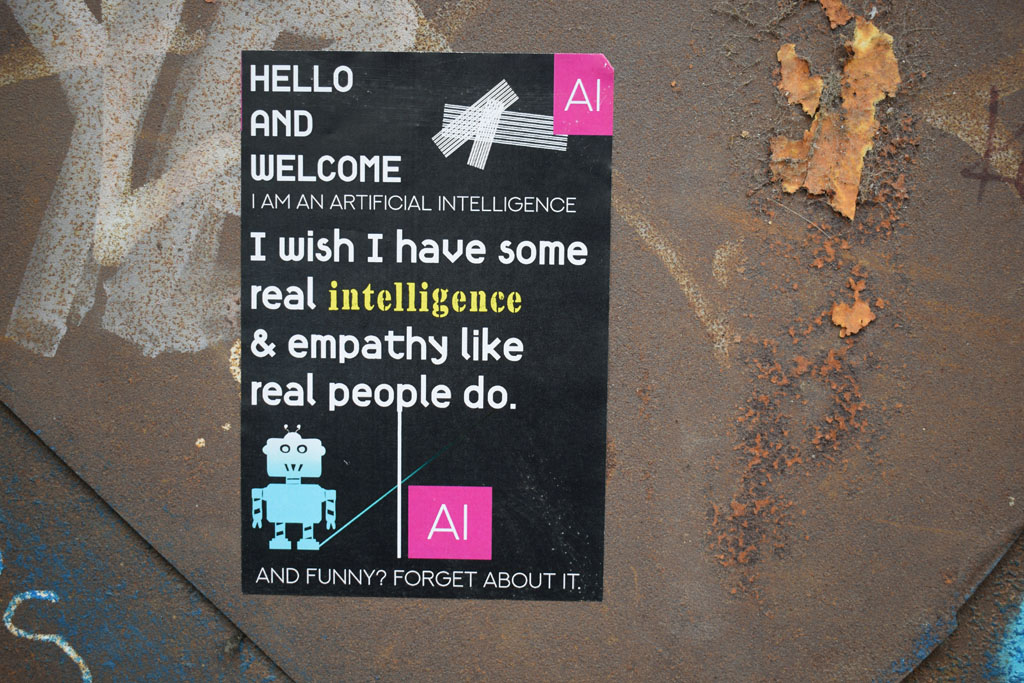
From Conference to White Paper to Strategy
In March 2024, the AI Forum of New Zealand, in partnership with WeCreate, Creative HQ, Datacom and Wētā FX, convened the first AI in Creative Industries Conference in Wellington Te Whanganui-a-Tara. The two- day event hosted global experts across the fields of creativity, technology, academia, and governance. Speakers and guest panels delved into the role of AI in transforming creative industries, exploring both its potential benefits as well as the ethical considerations.
Wētā FX shared their experience of marrying AI with human artistry, with insights into the development of a proprietary Facial Deep Learning Solver (FDLS) to enhance facial animation workflows. This machine-learning– based system processes raw motion capture data in a coarse to fine approach, first solving jaw movement, then applying finer regional expressions, while keeping artists firmly in the loop for verification and editing. FDLS outputs production quality facial motion that animators can fine tune as needed, drastically reducing manual effort whilst allowing more time for creativity, an approach to the integration of AI that has significant appeal to creative sector techs.
Alongside the many exciting innovations showcased, there was a strong consensus that while the pace of AI development is extraordinary, it must be anchored in ethical foundations. The post-conference white paper advocated for a future where humans remain at the heart of creativity, supported, not supplanted, by AI.
Conversation deepened in December 2024, when the AI Forum, WeCreate and Wētā FX released a second, more detailed white paper. This document made a case for embedding ethics not as a retrospective add-on but as a design principle, proposing a voluntary AI Quality Mark to certify tools that respect intellectual property, data transparency, and cultural agency. Drawing on input from screen, sound, and software practitioners, the paper advocated for co-design with tangata whenua, stronger IP frameworks for generative tools, and incentives for tools that centre human creativity.
“Just as we have industry standards for safety, we now need standards for sovereignty, accountability, and authenticity in creative AI.”
This push toward self-regulation complemented growing public sector momentum. In February 2025, the Government Chief Digital Officer released the updated Generative AI Guidance for the Public Service, a practical framework requiring agencies to assess risks, register GenAI use, and keep humans firmly in the loop.
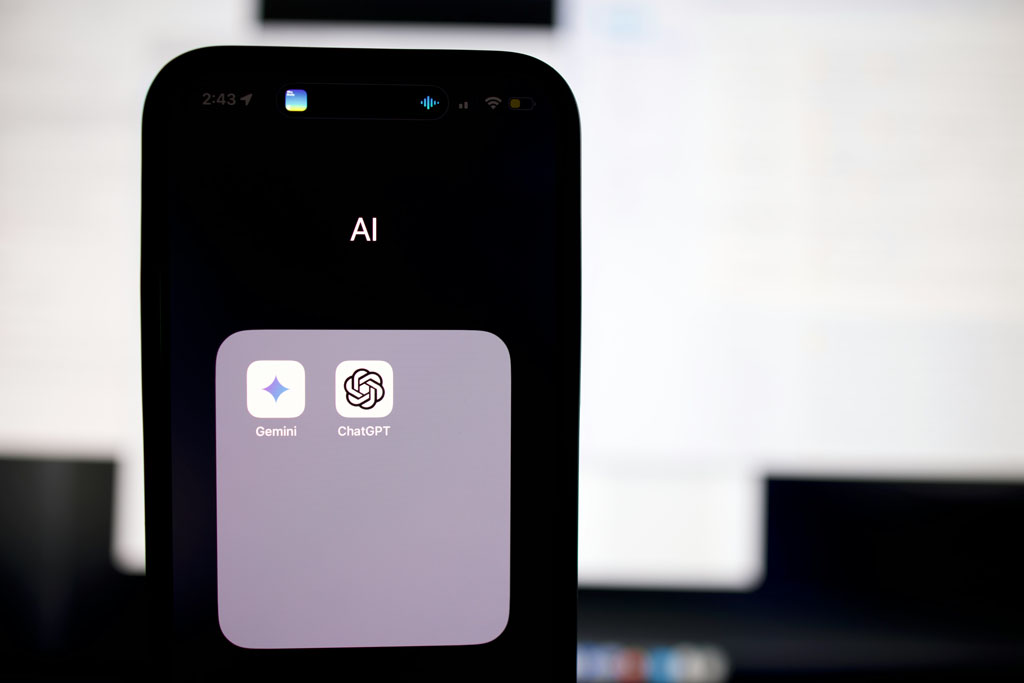
Turning Talk into Tools
Building on March’s momentum, the second AI in Creative Industries Summit has just taken place in Auckland and Wellington, and the conversation moved decisively from theory to tools-in-hand. Film studios demonstrated AI-assisted previs pipelines in action, while venues shared results from early pilots of AI-driven captioning and accessibility tech.
Dialogue around a national Creative AI Code of Practice gained traction, with cross-sector support for a voluntary framework to guide transparent data use, IP integrity, and Māori partnership from the ground up.
Breakouts explored everything from accreditation models for ethical AI adoption, to integrating oversight into fast-moving post workflows, to the need for sector-wide upskilling, backed by initiatives like Te Pūkenga (New Zealand Institute of Skills and Technology) new AI micro-credentials, released in June. As one attendee put it, the question is no longer how to get access to AI tools but how to make those tools work in ways that reflect who we are, and where we are heading.
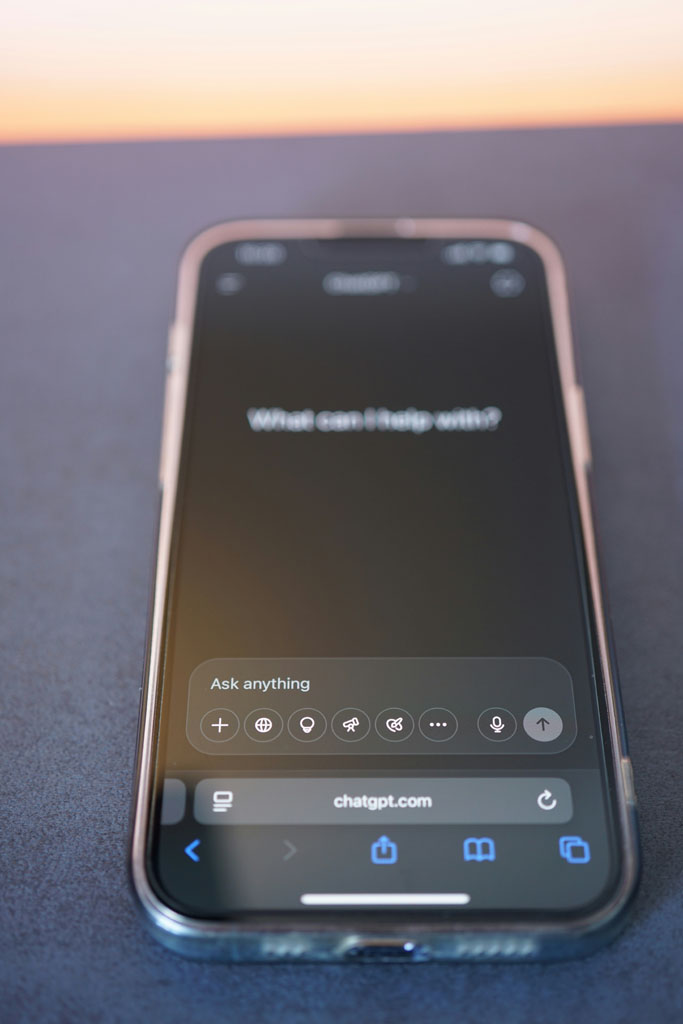
Looking Ahead
Coming up on 18 September 2025, the Aotearoa AI Summit returns to Shed 10 in Tāmaki Makaurau, hosted by AI Forum NZ and NZTech. While the span is broad, from health to agriculture, the Summit is increasingly carving out space for creative industries, building on the momentum of the previous Creative Industries gatherings. If you are looking to stay ahead of the curve, or shape the curve, this national event offers a rare chance to connect with developers, regulators and cross-sector peers in one place.
Subscribe
Published monthly since 1991, our famous AV industry magazine is free for download or pay for print. Subscribers also receive CX News, our free weekly email with the latest industry news and jobs.

